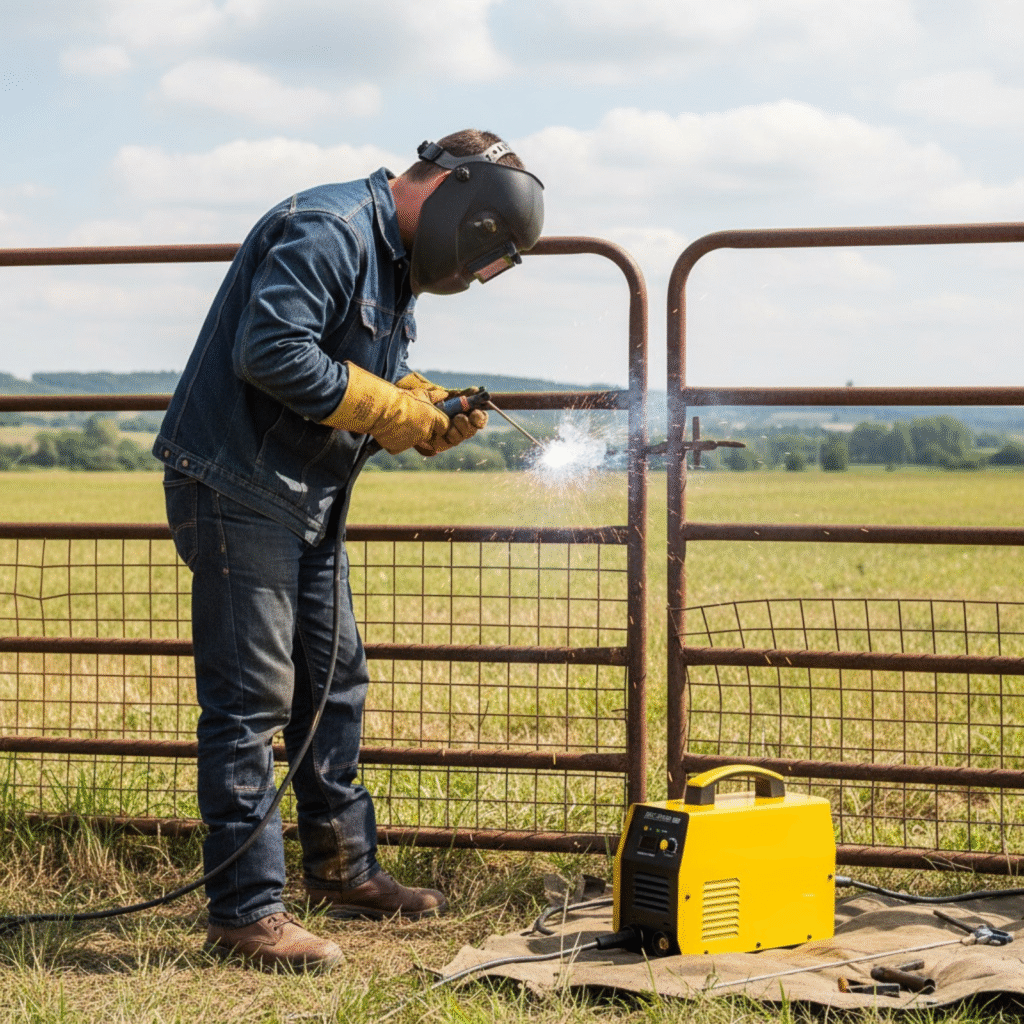
TIG welding, short for Tungsten Inert Gas welding and also known as Gas Tungsten Arc Welding (GTAW), is a precision welding process widely preferred in industries where weld quality and appearance are critical. Used extensively on stainless steel, aluminum, and exotic metals, TIG welding offers exceptional control and produces clean, strong welds without the spatter common in other processes. This blog delves into the intricacies of TIG welding machines, explaining how they work, their components, advantages, and practical applications.
What Is a TIG Welding Machine?
A TIG welding machine is specialized equipment designed to generate an electric arc between a non-consumable tungsten electrode and the workpiece. The arc melts the metal, and a separate filler rod can be manually added to strengthen the weld if needed. The process uses an inert shielding gas—typically argon—to protect the molten weld pool from oxidation and contamination.
How TIG Welding Works
TIG welding requires two main elements to join metals:
- Electric Arc: An arc is formed between the tungsten electrode and the base metal. This arc produces intense localized heat to melt the metal.
- Shielding Gas: An inert gas flows around the arc and weld area, preventing atmospheric contamination that can cause porosity or weak joints.
Unlike other welding methods, the welder uses a foot pedal or hand control to finely adjust the heat input, making TIG welding highly precise. The filler material, if required, is manually fed into the weld pool while the arc melts the base metal.
Components of a TIG Welding Machine
- Power Supply: Provides stable DC current, often with the option to use AC for welding aluminum.
- Tungsten Electrode: A non-consumable electrode that maintains the arc without melting.
- Torch: Delivers the electrode and shielding gas to the weld zone, designed for precision control.
- Shielding Gas Supply: Cylinders of inert gas, usually Argon, provide a protective environment around the weld pool.
- Foot Pedal or Hand Control: Allows the welder to vary current and heat during the weld pass.
Advantages of TIG Welding Machines
- Provides the highest quality welds with excellent appearance
- Suitable for thin materials and complex joints
- Allows for precise heat control, reducing warping and distortion
- Produces clean welds with minimal post-weld cleanup
- Versatile for different metals, including aluminum, stainless steel, and copper alloys
Applications of TIG Welding
- Aerospace and aviation manufacturing
- Automotive body repair and customization
- Food and pharmaceutical equipment fabrication
- Art metalwork and sculpture
- Critical piping and pressure vessel welding
Tips for Successful TIG Welding
- Use a sharp tungsten electrode with the correct diameter for your weld
- Maintain proper gas flow rates to protect the weld from contamination
- Practice steady hand coordination when feeding filler material
- Ensure the workpiece is clean from oils, paint, and rust before welding
- Select AC or DC settings based on the metal type being welded
